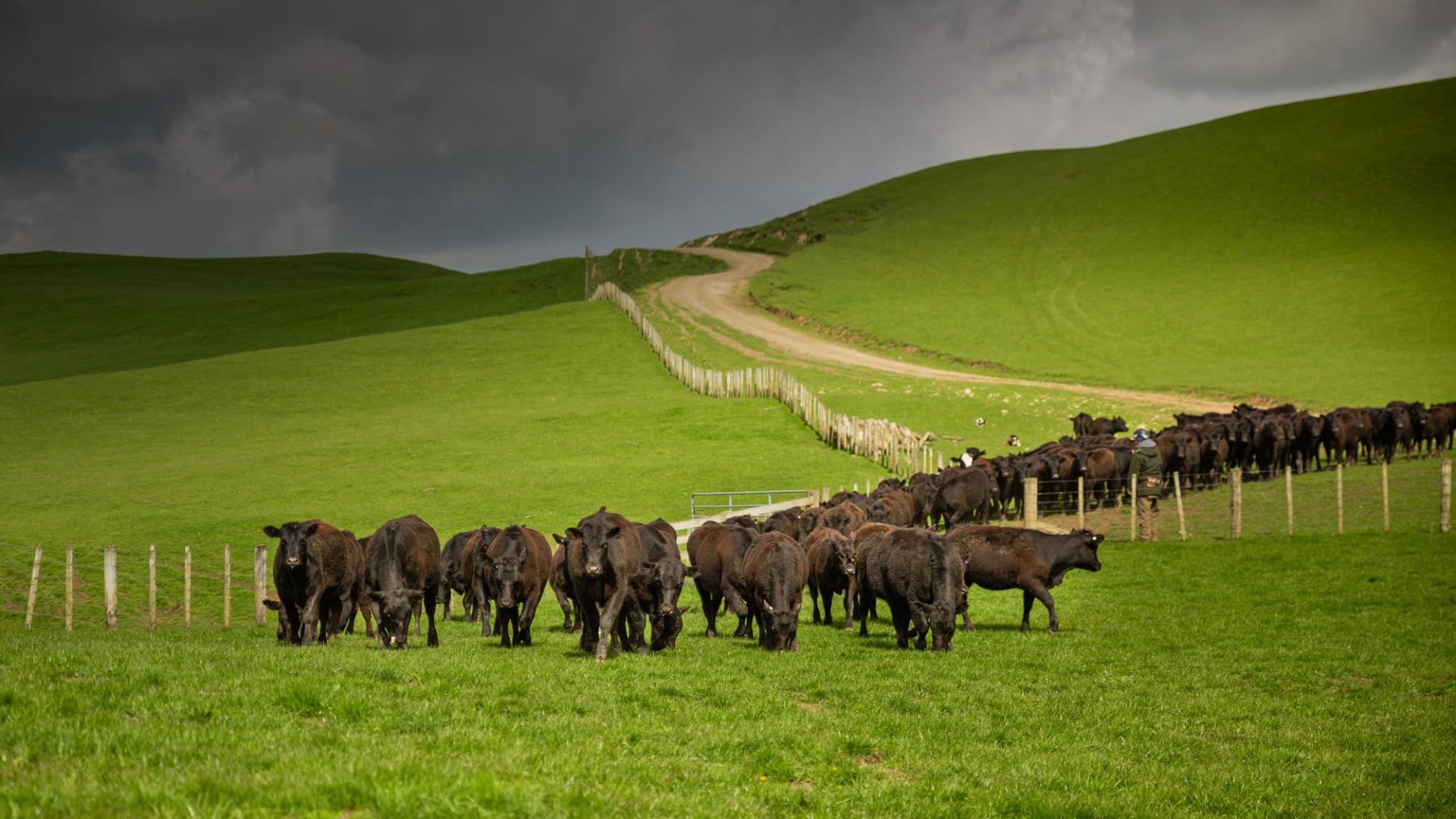Grass-fed or grain-fed
What does grass-fed or grain-fed beef mean

"Grass-fed or grain-fed beef"
The difference between grass-fed and grain-fed beef is primarily in the cattle's diet. The diet affects the taste, texture, nutritional value and even the environmental impact of the meat.
Here are the main differences
🟢 Grass-fed beef
This means that the cattle have primarily eaten grass (and possibly hay) throughout their lives.
Characteristics:
Leaner meat: Less fat than grain-fed meat.
Natural diet: Cattle are naturally grass eaters.
Higher omega-3 fatty acids: Healthier fat profile.
Stronger, more "gamey" flavor.
Slower cattlegrowth → usually more expensive production.
Slightly firmer or tougher, if not prepared properly (low and slow cooking is recommended).
Often appreciated by people who like a more natural, pure-tasting steak.
🟠 Grain-fed beef
Cattle are fed a diet of grain (such as corn, soy, wheat), during the last months of their lives.
Characteristics:
Faster growth: Due to energy-rich food.
More tender meat: Due to more intramuscular fat (marbling).
Softer, milder flavor. often favored by restaurants and in luxury steaks (such as Wagyu).
Less omega-3, more omega-6 fatty acids.
Short:
For maximum tenderness: grain-fed.
For character and natural flavor: grass-fed.